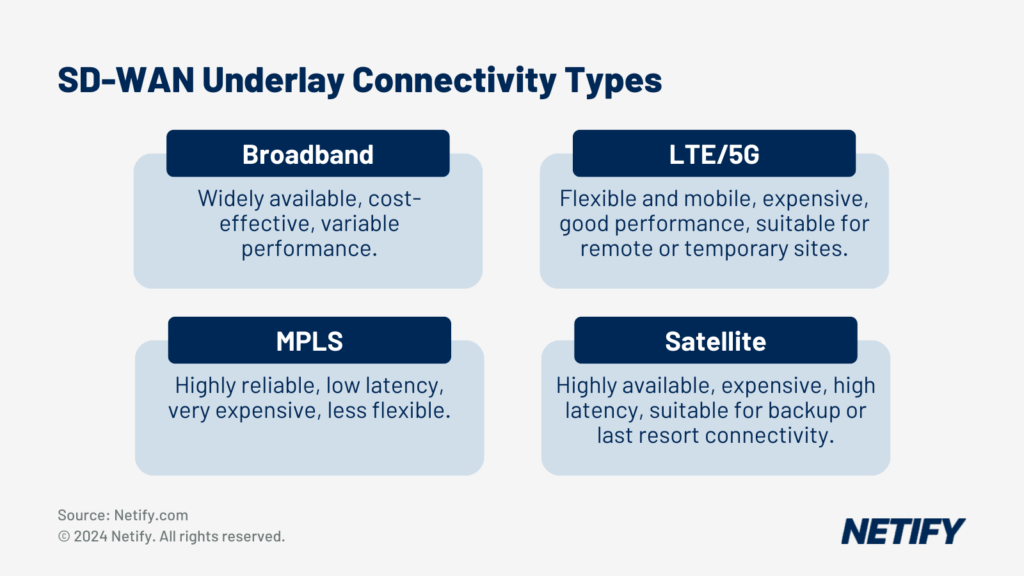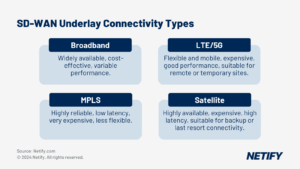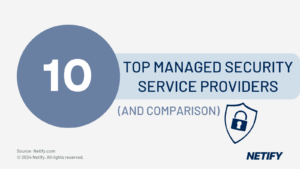| To search SD-WAN link aggregation providers, consider the available connectivity options (ethernet, broadband, 4G/5G) and evaluate path selection, SLA monitoring and replication features offered by each solution. |
One of the key benefits across SD WAN solutions is the ability to support WAN aggregation and intelligently apply real-time traffic treatment as required. In many ways, the feature-set to route traffic according to path selection or cloud-based application preference is perhaps the core tenant of SD WAN capability.

Together with more sophisticated traffic treatment, businesses often require additional bandwidth which is achieved via aggregation of connectivity. More than extra bandwidth, SD WAN technology will aggregate traffic but make intelligent decisions regarding which of the circuits to use based on business needs.
The challenge across UK, US and Global businesses is to deliver against the exponential growth of connected devices alongside with the need to deliver network stability. Before SD WAN technology, the task of providing uptime required expensive primary and failover connections with limited ability to direct traffic based on real-time network conditions.
There is a basic requirement to aggregate traffic which is typically created by the need to add additional branch-office bandwidth. In short, SD WAN will deliver against this requirement. However, within the expanded bandwidth capability is the SD WAN feature-set to add redundancy, path selection for applications (think cloud services such as SaaS) and, using 4G, 5G and Broadband, the ability to add connectivity faster than IT teams previously imagined.
Which SD WAN aggregation connectivity options fit your locations?
Understanding the availability of connectivity based on your specific office locations (including home users) requires knowledge of which providers are servicing your area. The Netify comparison tool offers the capability to search hybrid WAN across the following products.
Fiber Ethernet routing – using our live tools, Netify are positioned to understand which service providers are available from a circuit routing perspective close to your location.
Broadband connection availability – FTTC, FTTP, G.Fast and copper speeds and availability are identified via postcode or phone number.
4G/5G availability – currently only available using EE, Netify will check signal strength and product viability for use across SD WAN solutions.

The products listed above may be used as bandwidth aggregation. SD WAN features make the most of each available WAN link dynamically, the following is a list of the top 5 features used within your aggregated bundle.
1. SLA Monitoring
The basic premise behind monitoring based on SLA is to understand the performance across all aggregation paths from an uptime perspective. With certain vendors, multiple circuit types can be included within a single domain resulting in the required SLA. The SLA is often the desired outcome rather than a fixed technical capability. As an example, critical applications will require an improved SLA vs less critical traffic such as email.
2. Adaptive Monitoring
Using a neighbor based policy, SD WAN can check and monitor between WAN connection end points. One of the major issues with monitoring an interface is the prospect of flooding traffic (e.g. using BGP) across multiple full mesh endpoints. SD WAN adaptive monitoring provides a reduction of SLA traffic when using many endpoints which will decrease network performance.
3. Path Selection
The path selection aspect of SD WAN circuit aggregation offers significant benefits when compared to traditional WAN edge routers.
Path selection is the ability to send specific application traffic across links, choose which of the aggregated circuits to use for primary/failover, select other paths when degraded traffic and detect hard down status. In short, path selection is invaluable across all aspects including simply making the most of available bandwidth.
Path selection may also be used based on security – where applicable, certain applications could be sent via private MPLS circuits or other secure connections rather than the equivalent Internet circuit.
4. Replication
Replication is one of the ways real-time traffic is protected when moving from technologies such as MPLS where the overall SLA is higher vs the equivalent Internet connection. With packet replication, traffic is essentially duplicated across multiple links.
5. FEC (Forward Error Correction)
FEC offers the ability to re-request data which has reported an error during transmission. Using an ECC (Error Corrected Code), only the data which is deemed to be incorrect is resent, which avoids re-sending the complete data stream.
How to use SD WAN aggregation with SD WAN?
The majority of SD WAN solutions offer some form of aggregation with path selection capability. With this said, certain individual vendors will only provide connectivity across the Internet, therefore using MPLS network circuits, VPLS or private circuits may not be possible as part of the standard proposition.
The ability to optimize paths for traffic is one of the ways to maintain ongoing dynamic performance. Software-WAN will automatically detect where issues occur, i.e. degraded latency or jitter across applications.
Typical Software WAN solution monitoring revolves around:
- Packet loss
- Excess latency
- Excess jitter
- MOS (Mean Opinion Score)
- PESQ (Perceptual Evaluation of Speech Quality)
- Hard down
Where there is a requirement for additional bandwidth, deploying applications based on best path or even load balancing/load sharing is a great way to leverage WAN link aggregation. SD WAN is capable of sending business traffic across specific links based on the SLA (Service Level Agreement) required to deliver against business needs.
In many scenarios, there’s the need to connect branch offices and remote users by leveraging quick install products such as 4G and 5G wireless Internet for fast-start requirements.
Path selection and optimization is only one aspect. Once your IT team understands the available product aggregation options, there is also the benefit of cost savings. When the data regarding which service provider is a best fit for any given location is available, the decision on which provider to select is made easier.
Conclusion
Adding bandwidth to HQ, branch-sites, data centers and remote users is made simpler using SD WAN technology. IT teams are positioned to aggregate circuits together, which fundamentally offers more bandwidth per application type. Where traffic is not delay sensitive, lower priority paths can be used or, where voice or video is concerned, businesses can deploy higher SLA Ethernet circuits as primary paths.
The ability to research which connectivity products are available based on your postcodes will save time and allow your IT team to better support your application data.

